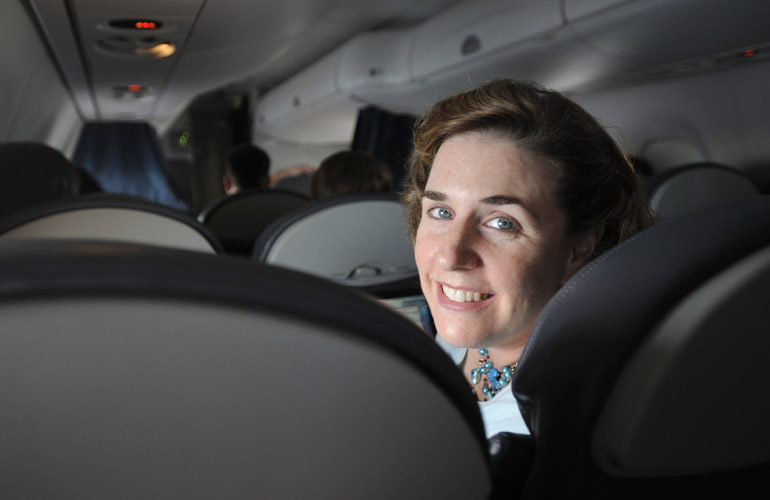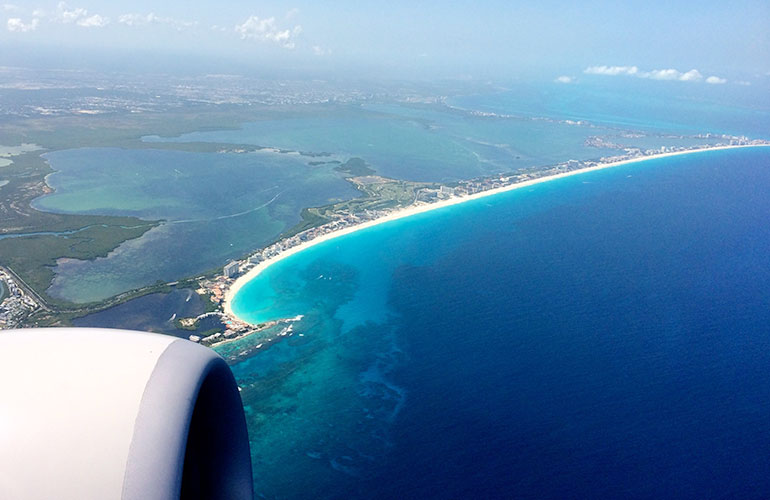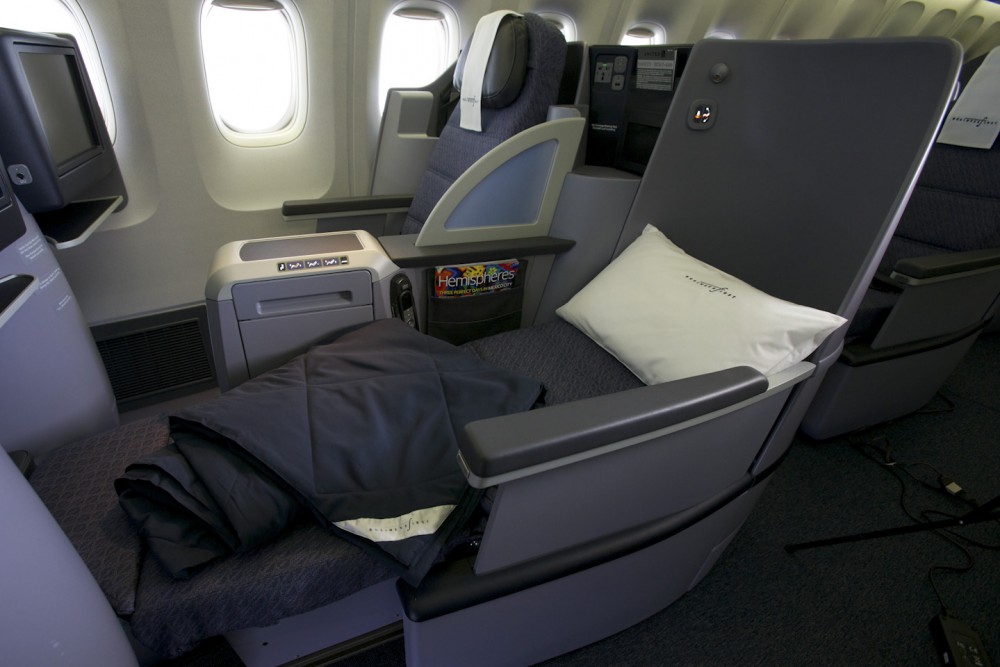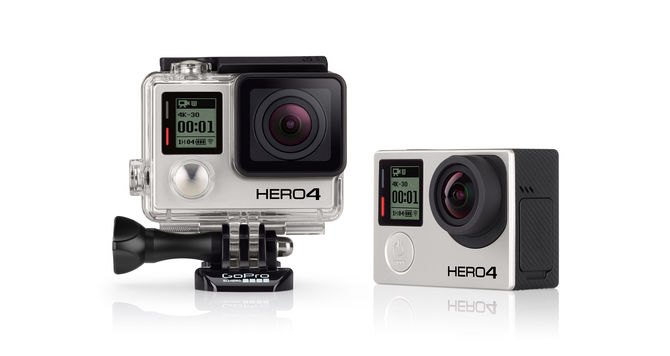Wi-Fi Report Card: Which Airlines Keep You Connected the Best?
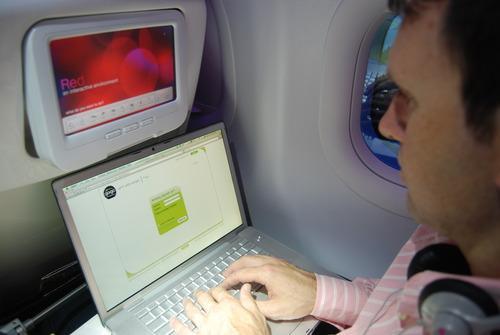 Good news, business travelers: More airlines are keeping you connected. (Virgin America)
Good news, business travelers: More airlines are keeping you connected. (Virgin America) For Internet-addicted business travelers, an in-flight announcement that “Wi-Fi is down at the moment” is enough to induce the shakes. And getting booked on a flight that doesn’t offer Wi-Fi at all is enough to send them into fits of rage.
Fortunately, a new study finds plugged-in road warriors had less reason to panic over their in-flight connectivity last year. And 2015 looks even better.
Also from Yahoo! Travel: The Wi-Fi Race: What Are the Best-Connected U.S. Airlines?
A new report by travel website Routehappy finds U.S. flyers now have at least “some chance” of finding Wi-Fi on 66 percent of domestic flights. In contrast, Routehappy’s last report, in June 2013, found Wi-Fi connectivity on less than half of domestic flights. And the story is getting brighter internationally too.
So what’s the Wi-Fi state of the union? Here are the main highlights of Routehappy’s “Global State of In-Flight Wi-Fi” report.

Virgin America is out in front on percentage of flights with Wi-Fi. But when you look at the total number of Wi-Fi-connected flights, it’s another story. (Photo: Routehappy)
Wi-Fi is growing like a weed on U.S. air carriers.
Overall, Virgin America leads Routehappy’s list, with the highest percentage of total flights and flight miles with Wi-Fi (that’s not surprising; unlike many other carriers, all of Virgin America’s planes offer Wi-Fi). Southwest is in second place.
But when you’re talking the raw total number of flights that offer Wi-Fi, Delta Air Lines—which runs many more flights than Virgin—is number one by far. It’s followed by the newly combined American Airlines/US Airways.

Because of its size and aggressive upgrades, Delta has more Wi-Fi connected flights than anyone. (Photo: Delta)
Also from Yahoo! Travel: No More In-Flight Wi-Fi for AT&T
United Airlines did top one domestic category: Wi-Fi growth. In Routehappy’s last survey, United offered at least “some chance” of Wi-Fi on 518 U.S. domestic flights. Today, that number is 1,445 flights—a 179 percent increase. American/US was a distant second with a 23 percent increase, followed by Delta with 15 percent.
“Domestically, Wi-Fi is being offered on more flights than ever before,” Jason Rabinowitz, data research manager for Routehappy, tells Yahoo Travel. “All mainline airlines have either finished or are nearly finished rolling out Wi-Fi to their entire domestic fleets.”
It’s not just what airline you fly—it’s where you go.
Routehappy finds that all the busiest U.S. domestic routes (20 daily flights or more in each direction) have Wi-Fi availability on all flights. That includes: New York’s JFK to Los Angeles; New York’s LaGuardia to Boston; LaGuardia to Washington-Dulles; New York’s JFK to San Francisco; and Charlotte to Atlanta.
Wi-Fi and power don’t always go together (but they should).
What’s the point of offering passengers Wi-Fi if their computers, tablets and phones run out of juice while they’re using it? “That drives people crazy,” Rabinowitz says. Offering Wi-Fi without power is like offering mac without cheese: Yeah, you can do it, but what’s the point?
Fortunately, some airlines have gotten that message. In Routehappy’s report, Virgin America leads the way with 100 percent of flight miles with Wi-Fi and in-seat power in Economy class. Alaska Airlines is second, and United is third. But if you’re flying JetBlue or Southwest, you’d better bring a book: Those airlines were found to offer the greatest majority of flights with that unfortunate Wi-Fi/no power combination.

Wi-Fi on international flights is getting much more common, especially on Icelandair. (Photo: Routehappy)
Slowly but surely, Wi-Fi is spreading worldwide.
International airlines have been slower to offer Wi-Fi than U.S.-based airlines, but they’re getting better. In Routehappy’s latest report, non-U.S. airlines offered at least “some” chance of Wi-Fi on 15 percent of their international flights. That may not seem like much, but it’s still a slight improvement. “As of our last report 18 months ago, very few airlines outside of the United States offered the service, with only a handful of flights each day,” Rabinowitz says. But now, “some airlines have nearly completed the rollout of in-flight Wi-Fi on their entire widebody fleet.”
In all, Routehappy finds nine non-U.S. airlines now offer a “very good” chance of having Wi-Fi on 20 percent or more of their international flight miles: Japan, Emirates, Aeroflot, Iberia, Lufthansa, Singapore and Etihad. On the remaining two airlines—Norwegian and Icelandair—that number tops 80 percent. Overall, the airline with the most international planes with Wi-Fi was United.
The future is bright for Wi-Fi on planes.
Rabinowitz thinks we’re not far from seeing in-flight Wi-Fi that resembles the speedy connections you have at home and the office. “In-flight Wi-Fi will be faster, less expensive and available on airlines you probably wouldn’t have guessed today,” he says. With the launch of newer satellites—which offer better connectivity than the more common land-based Wi-Fi systems—he expects the Wi-Fi experience to greatly improve.
In addition to getting faster, Rabinowitz predicts Wi-Fi will get even more commonplace, with U.S. airlines expanding it to more international routes and to their smaller regional planes as well. “Passengers are not only aware that in-flight Wi-Fi exists, but they actually expect it to be available,” he says.
So it looks like “What do you mean this flight doesn’t have Wi-Fi?” will be a question workaholic business travelers will have to ask less and less.
More from Yahoo! Travel
The Millennial’s Guide to Surviving Your First Business Trip
Confessions: The Top 10 Things That Will Make Your Flight Attendant Hate You
Extreme Weapons the TSA Seized at US Airports in 2014
This article originally ran on Yahoo! Travel


